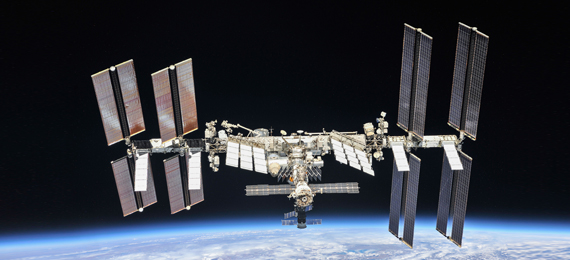
Twenty Years of the ISS
It’s been 20 years since the first crew went to stay aboard the International Space Station. Expedition 1 was a three-member crew that was launched on October 31, 2000. William M. Shepherd from the US and astronauts Sergei K. Krikalev and Yuri Pavlovich from Russia were the three cosmonauts who made their first long stay on the ISS. The crew stayed for a duration of 136 days on board with Shepherd as the space commander. The space station was set up between 1998 and 2001 but the structure keeps evolving to accommodate newer experiments and space science research. Following this, the second expedition set foot on March 8, 2001 167 days docked in space. Yuri Usachev, James S. Voss, and Susan J. Helms were the crew members of Expedition 2.
How Many Individuals Have Visited the International Space Station to Date?
- A. 190
- B. 300
- C. 240
- D. 290
Ever since the first expedition, 240 individuals from 19 countries have been to the ISS to date. Many of them have visited the space station more than once. More than a hundred crews have travelled to the ISS and sometimes, uncrewed space flights have also been sent carrying cargoes. Most of the crew members have been Americans while there were also cosmonauts from Russia, Canada, France, Germany, and a few other countries.
Usually three to six members travel to the ISS in a human spaceflight. Today, NASA’s ISS weighs 460 ton and is almost the size of a football field. With uninterrupted human occupancy of twenty years, the astronauts have researched on a lot of interesting subjects including circadian rhythms of humans in space, sleep patterns, the effect of salt leading to osteoporosis in humans in space, bacterial growth in the space station, etc.
To celebrate the 20th anniversary of the ISS, Google joined hands with NASA to make available a 3-D augmented reality tour of the space station.